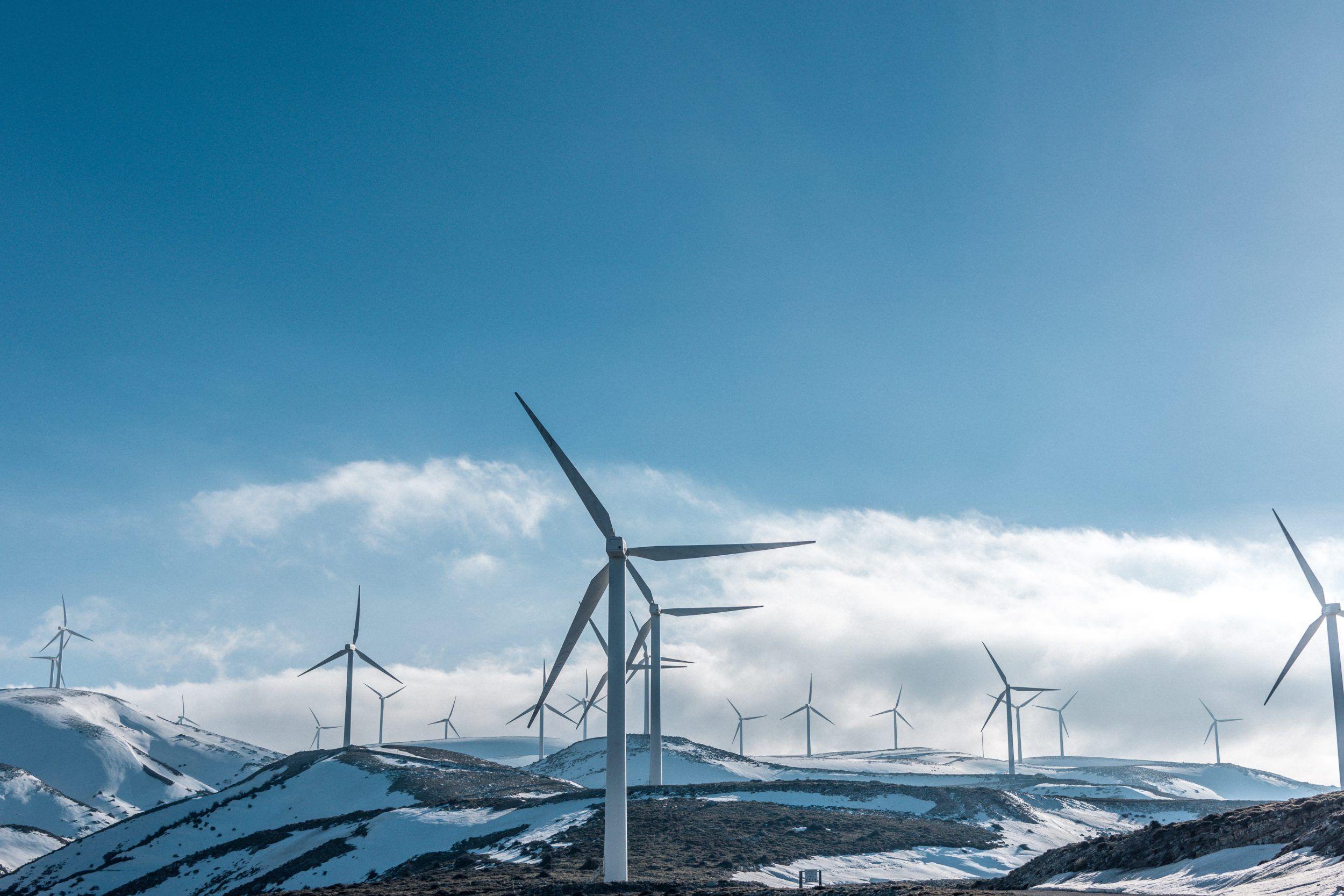Moventas White Paper: Cast optimization by manufacturing simulation tools (COST)
Casted Components As impressive as the ready gearboxes, or the completed wind turbines are, they are a symphony of their parts. Some components are large, some are small, but they are all important in bringing clean renewable wind energy closer to everyone. One such component are the castings us...
